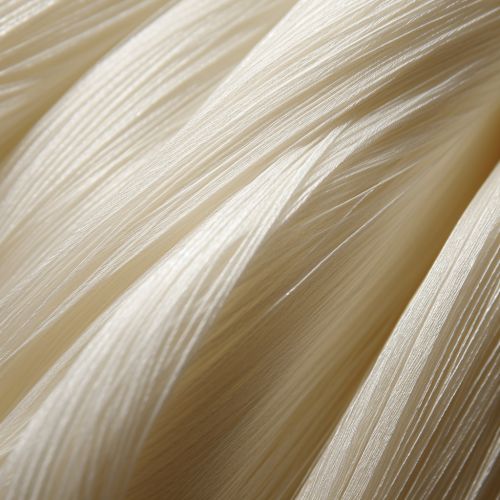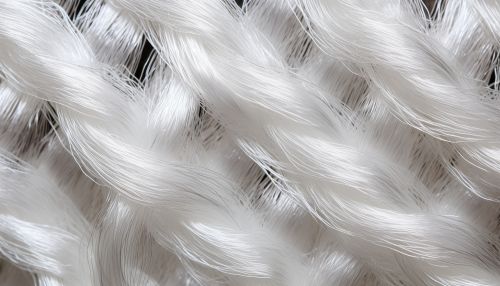Fiberglass
Introduction
Fiberglass, also known as glass fiber, is a type of fiber-reinforced plastic where the reinforcement fiber is specifically glass fiber. The glass fiber may be randomly arranged, flattened into a sheet (called a chopped strand mat), or woven into a fabric. The plastic matrix may be a thermosetting polymer, most often epoxy, polyester resin, or nylon, or a thermoplastic.


History
The development of fiberglass was a significant advancement in material science. The process of creating fiberglass was first patented in the U.S. by games board manufacturer Johns-Manville in 1936. However, the material did not gain widespread use until the 1950s, when it was adopted by the automotive and marine industries for its lightweight and strength properties.
Composition and Manufacturing
Fiberglass is composed of individual glass fibers which are bundled together to form a strand. These strands can then be woven together to create a fiberglass fabric, or they can be used in a chopped form. The glass fibers are typically made from various types of glass depending upon the fiberglass use. These glasses all contain silica or silicate, with varying amounts of oxides of calcium, magnesium, and sometimes boron.
The manufacturing process for fiberglass can vary depending on its intended use. However, the basic process involves melting the raw materials for the glass, extruding the molten glass through bushings to form individual fibers, and then using a binder to hold the fibers together.
Properties
Fiberglass has a number of properties that make it a useful material in a wide range of applications. It is lightweight, strong, and resistant to heat, chemicals, and UV light. It also has excellent electrical insulation properties and is non-reactive to many chemicals. These properties make it ideal for use in a variety of industries, including automotive, marine, aerospace, electronics, and construction.
Applications
Due to its versatile properties, fiberglass is used in a wide range of applications. In the automotive industry, it is used in the manufacturing of body parts due to its strength and light weight. In the marine industry, fiberglass is commonly used in the construction of boats and other marine vessels. In the aerospace industry, it is used in the manufacturing of aircraft and spacecraft components. In the electronics industry, it is used as an insulator in circuit boards. In the construction industry, it is used as a reinforcing material in concrete and in the manufacturing of insulation products.
Health and Safety
While fiberglass is a versatile and useful material, it is not without its health and safety concerns. Inhalation of fiberglass dust can cause irritation to the respiratory tract, and prolonged exposure can lead to more serious health issues. Therefore, it is important to use proper safety equipment when handling or working with fiberglass.
Environmental Impact
The environmental impact of fiberglass is a topic of ongoing research. While the material itself is not considered hazardous, the manufacturing process can produce harmful emissions if not properly controlled. Additionally, fiberglass products are not biodegradable, which can pose challenges for waste management and disposal.
